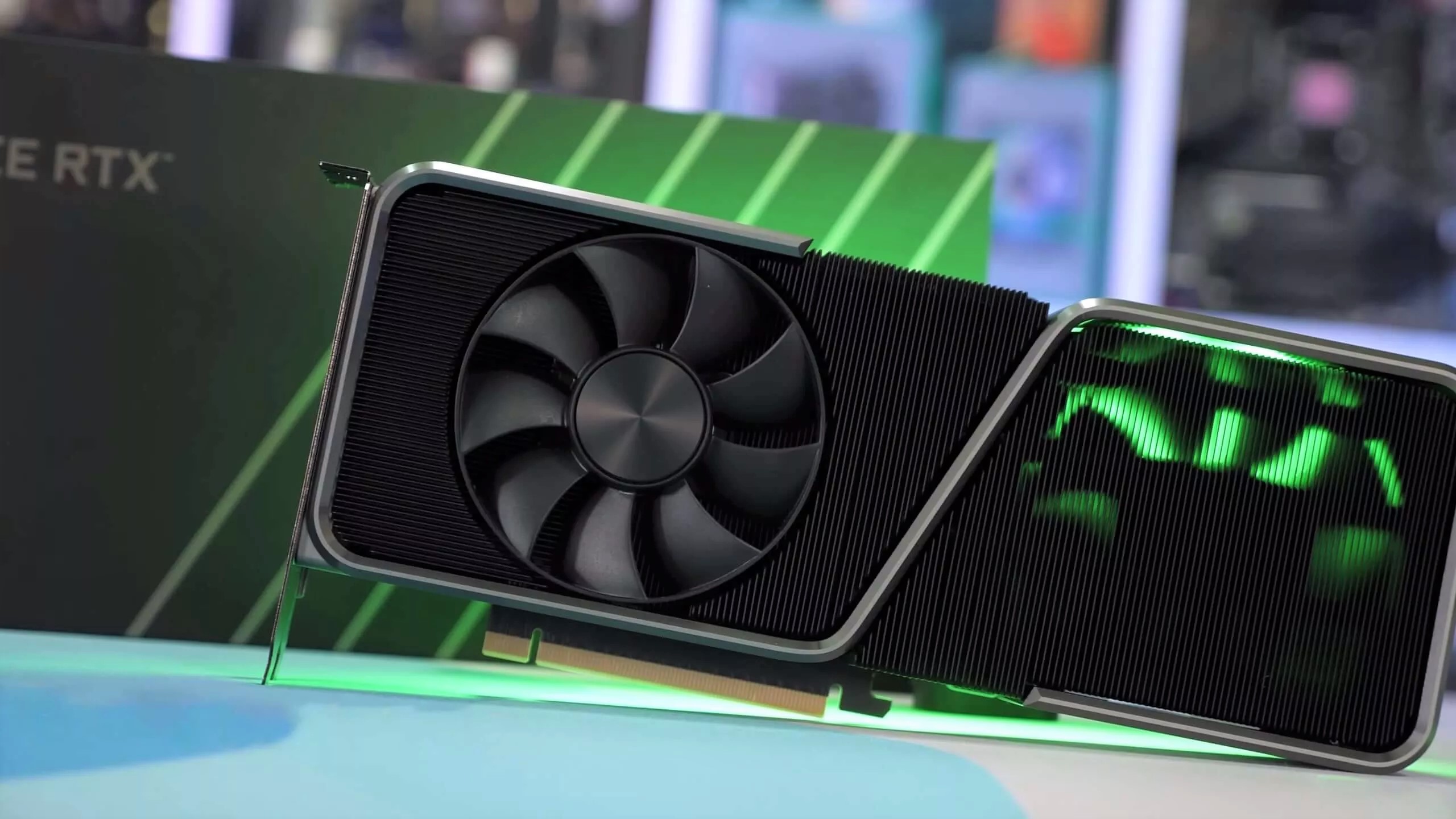Why Nvidia’s RTX 3070 Ti makes nearly-perfect sense
Opinions have revolved around how baffling the RTX 3070 Ti is. Despite revitalizing the 3000-series lineup, Nvidia’s RTX 3070 Ti is far from differentiating itself from the RTX 3070. This article will provide an unusual viewpoint: this confusion actually makes perfect sense.
Why do we knit our brows looking at the RTX 3070 Ti?
At its release price ($599), Nvidia’s RTX 3070 Ti is precisely $100 above the RTX 3070 and $100 below the RTX 3080, prompting a common expectation: the RTX 3070 Ti would be much faster than the RTX 3070 and only trivially less than the RTX 3080.
Actual benchmarks let potential buyers down. 10% improvement upon the RTX 3070 means Nvidia’s own RTX 3070 Ti is a far cry from the RTX 3080, pointing out that this 3070 Ti would easily be considered a “bait product” for the two others when those GPUs eventually reach stable prices. The RTX 3070 provides the best p/p, while the 3080 aims directly to those who yearn for the best performance at below $1,000. So, what solutions does the RTX 3070 Ti REALLY work towards?
Whilst current price fluctuations justify Nvidia’s decision to sell such a perplexing product, the release price indicates how manufacturers position their GPUs in the market. With $599, the RTX 3070 Ti has 256 more CUDA cores, 8 Tensor cores and 2 RT cores than the RTX 3070, and it also offers 8GB GDDR6X memory rather than GDDR6. Setting aside those advances, as the 3070 Ti’s benchmarks show that it is genuinely for 2K gaming, its distinctions from the RTX 3070 in purposes remain questionable. What matters here is that the Nvidia’s RTX 3070 Ti only gives gamers 60fps or above at 4K in 50% of the tested games, urging us to more than often reduce the resolution for the best gaming experience or make optimal use of our 144Hz monitor. Regarding such games as Watch Dogs, playing ultra settings with the RTX 3070 Ti is simply impossible, as even with DLSS, the fps index only reaches roughly 25.
Remember why Nvidia’s RTX 3070 stirred the market months ago? The RTX 3070 has been a perfect offer with unbelievable 2K gaming capabilities compared to the latest generation’s RTX 2080 Ti at its price range. The RTX 3070 Ti, in contrast, fails to meet public expectations as it surrenders to AMD RX 6800 in most gaming tests, and buyers would automatically turn their heads to either the RX 6800 or Nvidia’s own RTX 3080. It is not to mention that AMD’s Smart Access Memory promises more fps than Nvidia’s Resizable BAR in particular gaming contexts. Therefore, there are only two reasons for gamers to buy an RTX 3070 Ti. First, they have used Nvidia’s products for a long time. Second, the RTX 3070 Ti is what they are lucky enough to find available anywhere.
RTX 3070 Ti is a “rational” GPU of Nvidia
At the outset, we have very limited GPU choices as of 2021 first half. Amid the global chip shortage, a “normal” new Nvidia GPU can possibly cost $1,000 or over – particularly $1,300 for an RTX 3070 or $2,000 for an RTX 3080 on average. When the price gap between RTX 3070 Ti and RTX 3080 is approximately $400 on free markets, trying to get a new RTX 3080 without knowing whether it can be found in the foreseeable future is risky. From the perspective of Nvidia, the RTX 3070 Ti is not an outstanding GPU that generates sales.
Rather than blaming the manufacturer for creating a less-than-expected GPU, we should consider why the design and other hardware features of Nvidia’s RTX 3070 Ti rationalize its presence. Nvidia’s purpose in creating such an RTX 3070 Ti would be to position it as a less superior version of the RTX 3080. In other words, the RTX 3070 Ti should not be compared to the 3070, though “comparing” is the most natural reaction of most tech users.
To be more specific, the RTX 3070 Ti has a fan on either of its sides, with a push-pull system coming along. The fan on the bottom blows cool airflows to our card, which will be released to the other side close to our CPU’s diffuser and case fans, while a conventional blower system discharges hot airflows through the PCIe slots. This system resembles that on the RTX 3080 Founders Edition and is an optimal approach to keep the GPUs cool and cause less noise. The RTX 3070 Ti has a similar radiator design to the RTX 3080 despite using small and thin (rather than firm and solid metal) heat fins. A new 12-pin power connector is added to these GPUs to replace the old 6-pin and 8-pin counterparts, and an adapter is readily available in the box.
All the needed ports, an eye-catching design and the mentioned features promise worthy added values for the RTX 3070 Ti compared to the RTX 3070.
What the RTX 3070 Ti can improve
Unfortunately, the RTX 3070 Ti consumes 30% more energy than the RTX 3070, with its TDP reaching 290W. This explains why Nvidia recommends we pair RTX 3070 Ti with a 750W PSU (650W for RTX 3070), hiking the overall price of our PC. If we use the RTX 2070, the PC would take only a maximum of 550W.
At $599, we can expect more from the RTX 3070 Ti. While Nvidia’s GPUs are viable options for gamers, streamers, or video editors with their NVENC, ray-tracing or DLSS, AMD RX 6800 shows better overall performances with 16GB VRAM GDDR6X instead of only 8GB on the RTX 3070 Ti (which will fail to satisfy a host of our demands in particular points of its life span). AMD’s Fidelity FX Super Resolution is also on the way.



Comments
Post a Comment